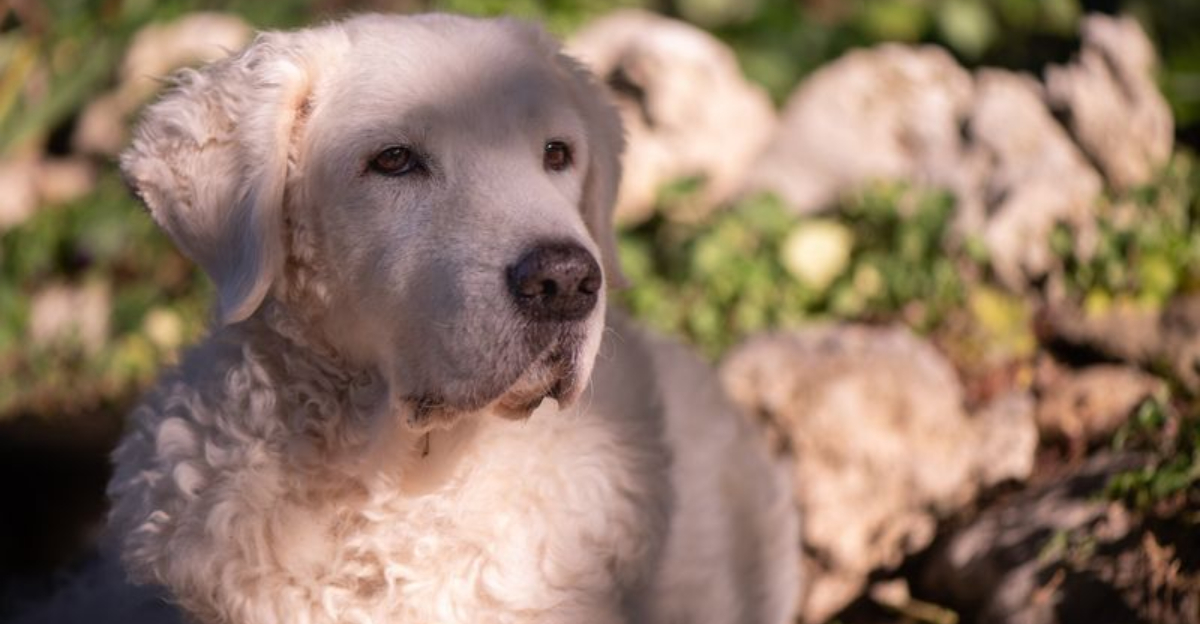Discover the grandeur of the canine world as we delve into the largest species known to roam our planet. From towering giant wolf-like doggos to more popular breeds, these magnificent creatures captivate with their imposing size and commanding presence.
Explore their unique characteristics and fascinating histories as we celebrate the diversity and splendor of these giant canines.
1. Great Dane
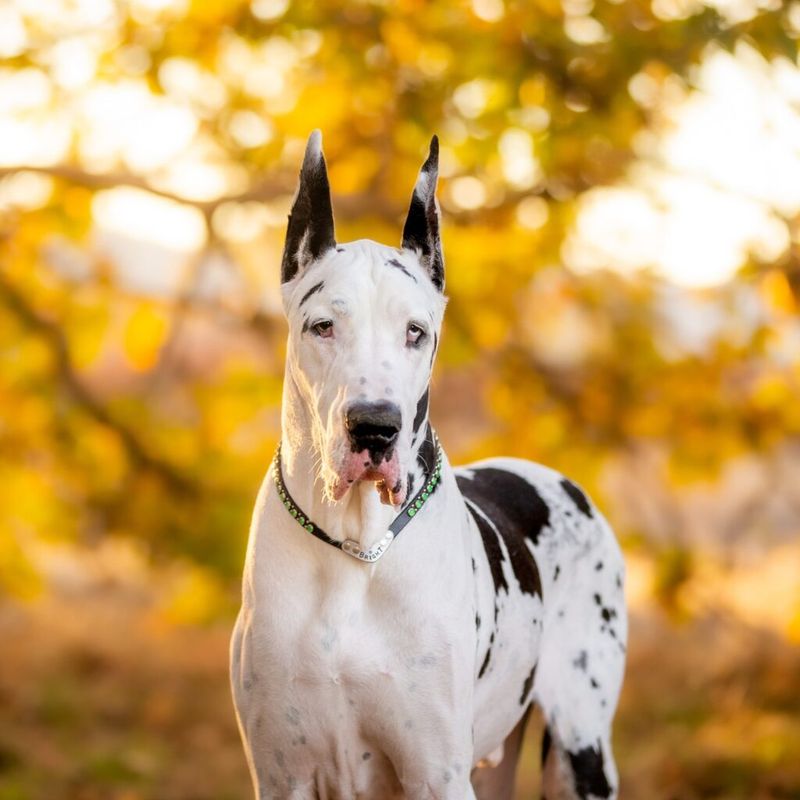
The Great Dane is one of the most iconic large dog breeds, known for its towering height and gentle demeanor. Originating in Germany, this breed was developed to hunt wild boar, requiring both strength and speed.
Today, they are often referred to as gentle giants due to their friendly and affectionate nature. Despite their size, Great Danes are surprisingly adaptable to different living environments, though they thrive best in homes where they have room to move.
Their short coat requires minimal grooming, making them relatively low-maintenance compared to other large breeds. However, their size does come with certain challenges, such as a predisposition to certain health issues like hip dysplasia and heart conditions.
Proper medical care and a balanced diet are crucial to maintaining their health. With proper training and socialization, Great Danes make excellent family companions, endearing themselves to all with their loyalty and charm.
2. Irish Wolfhound
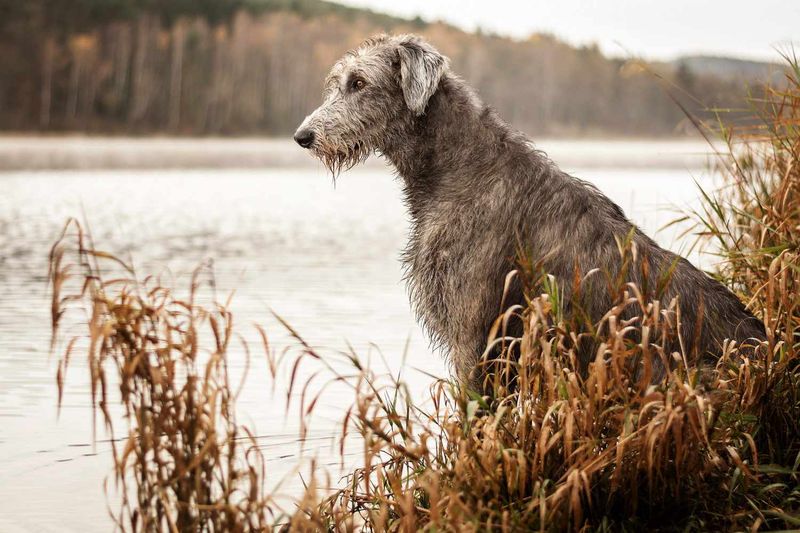
Renowned for its impressive height, the Irish Wolfhound is a breed steeped in history and legend. Originally bred in Ireland for hunting wolves and large game, they are among the tallest dog breeds. Their presence in art and literature underscores their cultural significance.
These gentle giants possess a calm and friendly nature, making them excellent companions for families and individuals alike. Despite their intimidating size, they are known for being quite gentle and patient, especially with children.
Their wiry coat requires regular grooming to prevent tangles and maintain their appearance. Due to their size, they need ample space to roam and exercise, making them well-suited to homes with large yards.
As with other large breeds, they are prone to certain health issues, such as hip dysplasia and heart conditions, so regular veterinary check-ups are essential to their wellbeing.
3. Mastiff
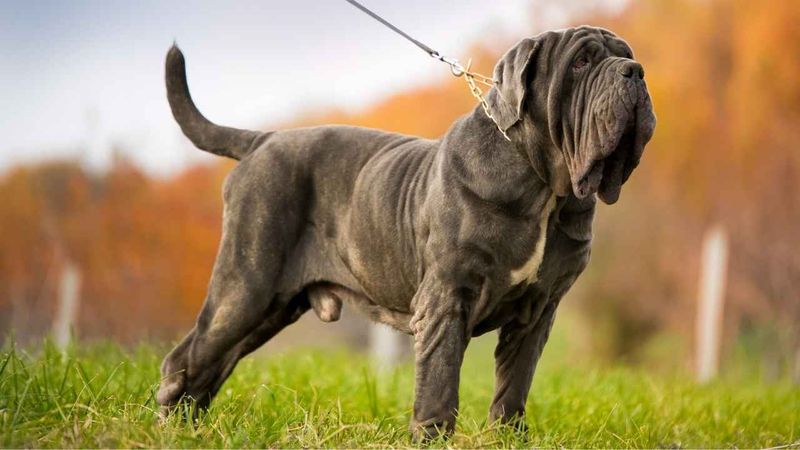
There are many types of mastiffs (two of which we will explore in the upcoming sections), but Mastiffs in general are among the largest dog breeds, known for their immense size and protective instincts. With origins tracing back to ancient civilizations, they have served as guardians and war dogs. Today, they are cherished for their loyalty and gentle nature.
Despite their formidable appearance, Mastiffs are known for their calm and affectionate demeanor, making them excellent family pets. They are particularly protective of their loved ones, making them effective guard dogs.
Their short coat is easy to maintain, but their size necessitates a spacious living environment. Regular exercise is important to prevent obesity, which can be a common issue given their size. Health-wise, Mastiffs are susceptible to joint issues, so a balanced diet and regular veterinary care are crucial.
Their imposing stature is matched by a heart of gold, offering companionship and protection to those they love.
4. Saint Bernard
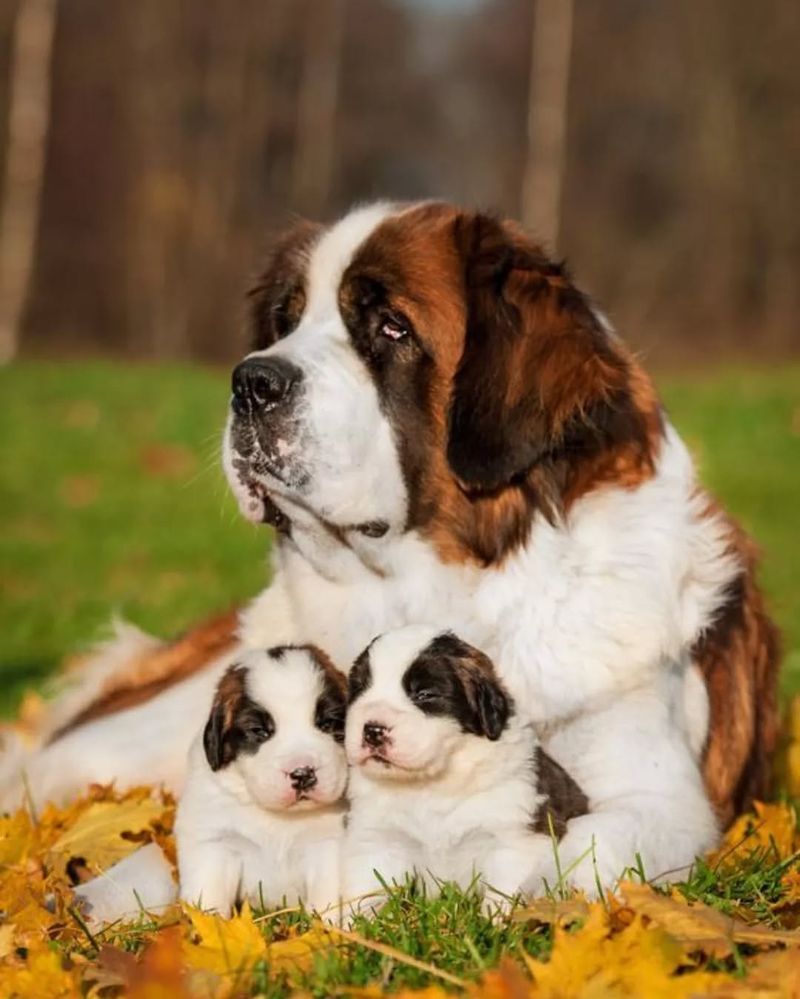
This is a breed synonymous with rescue and heroism, famed for their historical role in alpine rescues. Originating from the Swiss Alps, these dogs are known for their strength, endurance, and friendly nature. Besides, one of the favorite movie star dogs belongs to this breed – Beethoven!
Characterized by their large size and gentle temperament, Saint Bernards make loving family pets. They are especially known for their patience and protective instincts around children. Their thick coat requires regular grooming to manage shedding, especially in warmer climates.
These dogs need regular exercise to keep them healthy, though they are generally laid-back and enjoy a relaxed lifestyle. Due to their size, they are prone to certain health issues, including joint problems and heart conditions, so regular check-ups are important.
5. Newfoundland
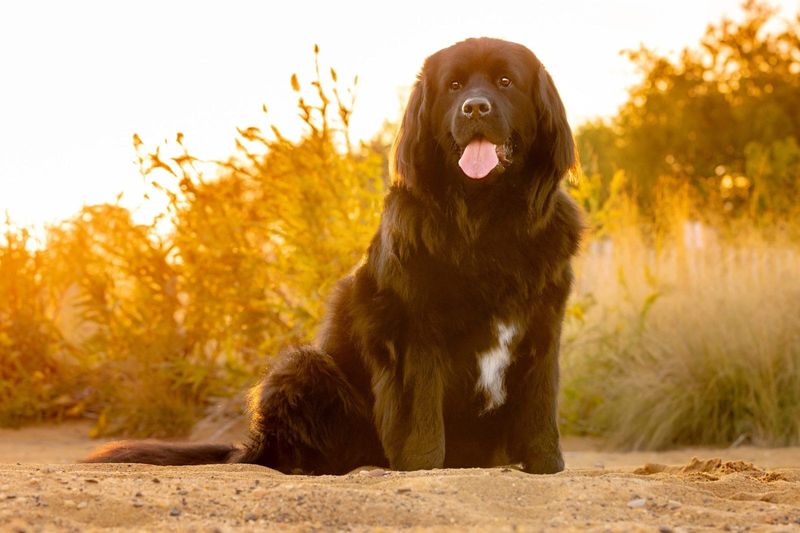
Swimming prowess and gentle disposition – that’s the Newfoundland embodied. Originally bred in Canada for water rescues, these dogs are equipped with thick, water-resistant coats and webbed feet, making them excellent swimmers.
Their friendly and patient nature makes them ideal family pets, especially in homes with children. Known for their intelligence and gentle temperament, they are often used in therapy and assistance roles. Despite their size, they are remarkably gentle and get along well with other animals. Regular grooming is necessary to maintain their thick coat and prevent matting.
They require regular exercise, particularly swimming, to keep them healthy and happy. Potential health issues include hip dysplasia and heart conditions, so vigilant veterinary care is essential. The Newfoundland’s combination of size, strength, and sweet nature ensures they remain a popular breed among dog lovers.
6. Leonberger
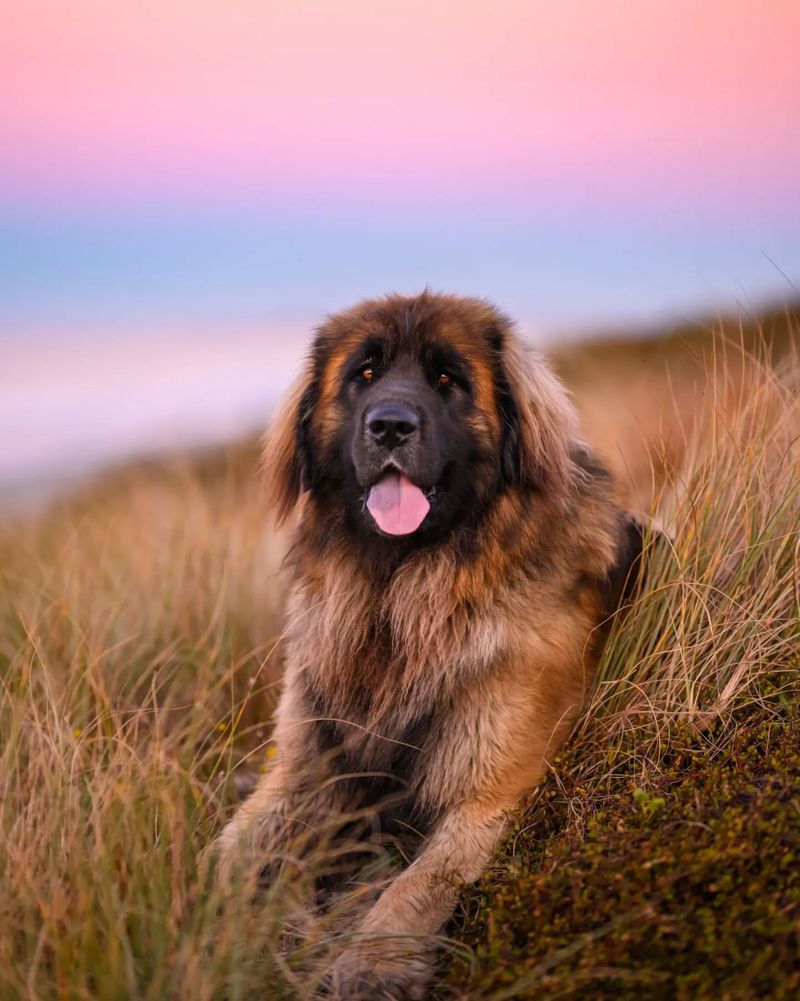
Originating from Germany, Leonbergers were bred to be versatile working dogs, capable of performing various tasks. Their gentle and friendly demeanor makes them excellent family companions, well-suited to homes with children and other pets.
Leonbergers are known for their intelligence and are easily trained, thriving on positive reinforcement and consistent routines. Their thick double coat requires regular grooming to prevent mats and tangles. Regular exercise is crucial for maintaining their physical health, as they are prone to weight gain.
Like many large breeds, Leonbergers are susceptible to health issues such as hip dysplasia and heart conditions, so regular veterinary visits are important. Their unique blend of strength and gentleness makes them a cherished addition to any family.
7. Tibetan Mastiff
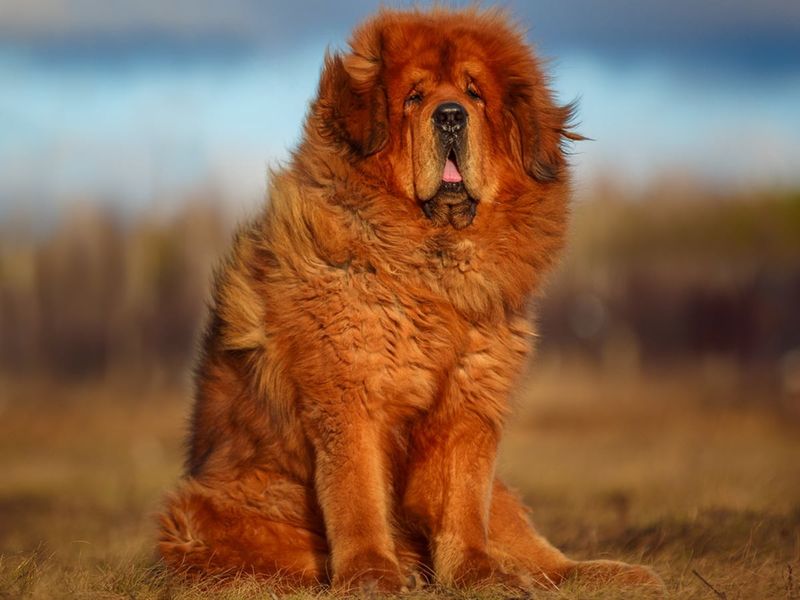
Here is the Mastiff I foreshadowed! The Tibetan Mastiff is a breed shrouded in mystery and legend, known for its large size and protective instincts. Originating in the Himalayan region, these dogs have been used as guardians for livestock and homesteads for centuries.
They possess an independent and strong-willed nature, requiring experienced handlers who can provide firm yet gentle guidance. Despite their aloofness with strangers, they are fiercely loyal and protective of their families.
Their thick double coat needs regular grooming to manage shedding and maintain their appearance. Due to their independent nature, early socialization and training are crucial for preventing behavioral issues. Health-wise, they are prone to joint problems and require regular veterinary check-ups.
8. Kuvasz
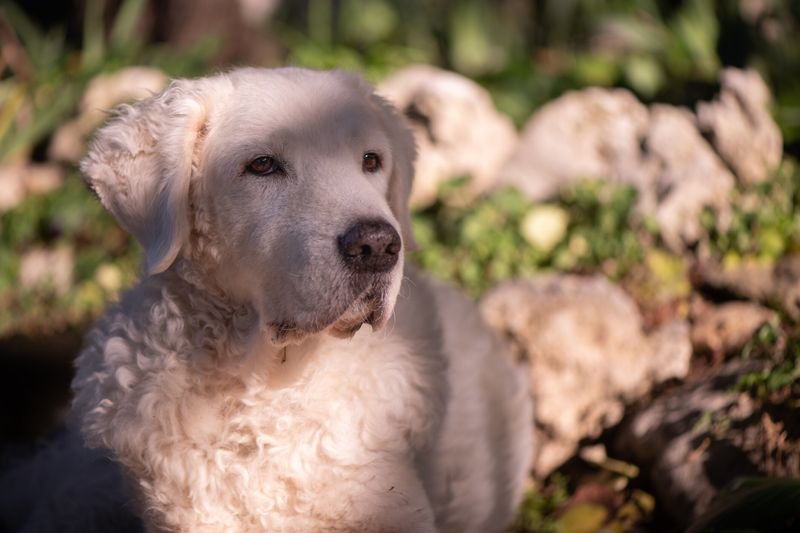
This beauty is a majestic guardian breed, originally from Hungary, known for its protective instincts and elegant appearance. Historically used to guard livestock, they are deeply loyal and often form strong bonds with their families.
Kuvaszok are intelligent and independent, requiring firm and consistent training from an early age. Their protective nature makes them excellent watchdogs, though they are gentle and affectionate with their loved ones. Their thick, white coat requires regular grooming to prevent mats and tangles.
Regular exercise is necessary to keep them physically and mentally stimulated. As we already established by now, large breeds always are susceptible to hip dysplasia and other joint issues.
9. Alaskan Malamute
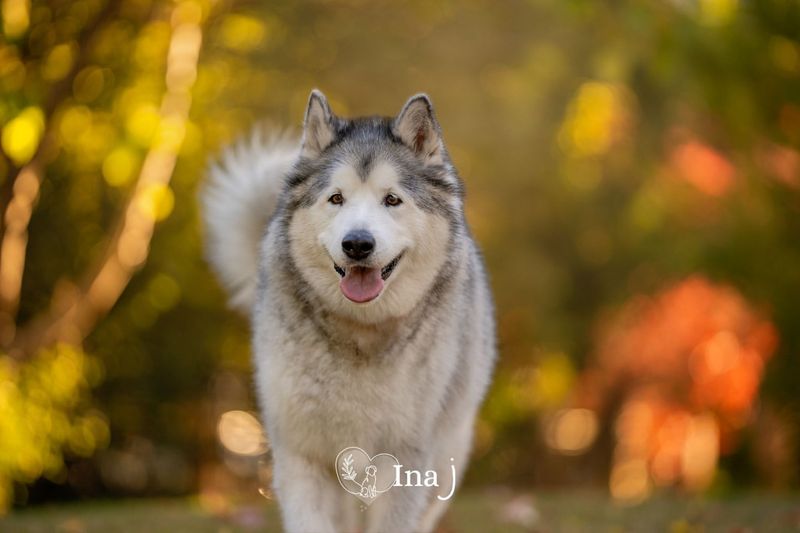
The Alaskan Mala-not-so-mute (yes, they are very loud) is a powerful and resilient breed, historically used for sledding in the harsh climates of Alaska. Known for their strength and endurance, these dogs have been invaluable companions to humans in Arctic regions.
Their friendly and playful nature makes them excellent family pets, though they require ample exercise to channel their energy positively. Malamutes are known for their intelligence, though they can be stubborn, necessitating patient and consistent training.
Their thick double coat requires regular grooming, especially during shedding season. Due to their size and strength, they are best suited to families with experience handling large breeds. Health-wise, they can be prone to hip dysplasia and require regular veterinary check-ups.
10. Caucasian Shepherd Dog
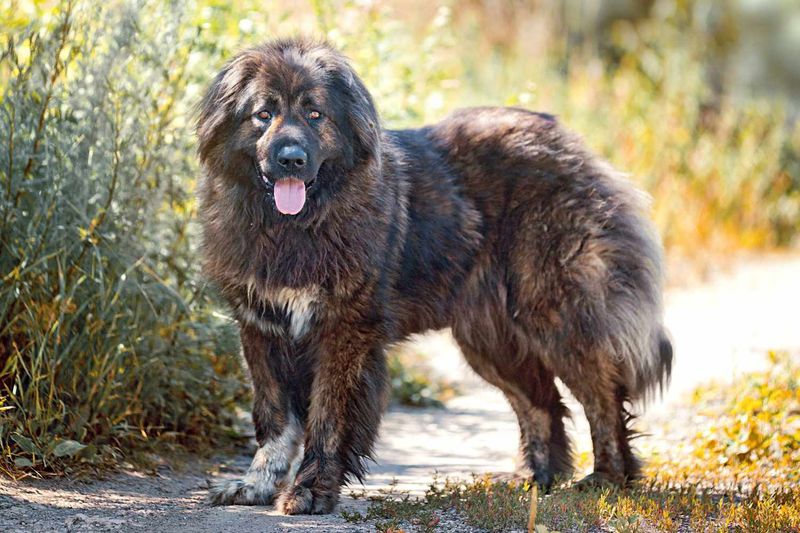
Also known as Caucasian Ovcharka (meaning herder or shepherder), is known for its formidable size and protective nature. Originating in the Caucasus Mountains, these dogs have been used for centuries as livestock guardians, a role they perform with dedication and strength.
They possess a strong protective instinct, making them excellent watchdogs, though they require experienced handlers due to their independent nature. Early socialization and training are crucial to ensure they are well-behaved and manageable.
Their dense double coat needs regular grooming to keep them comfortable and mat-free. They require ample space and exercise to maintain their physical health and well-being. Health-wise, they are prone to joint problems and require regular veterinary attention.
11. Komondor
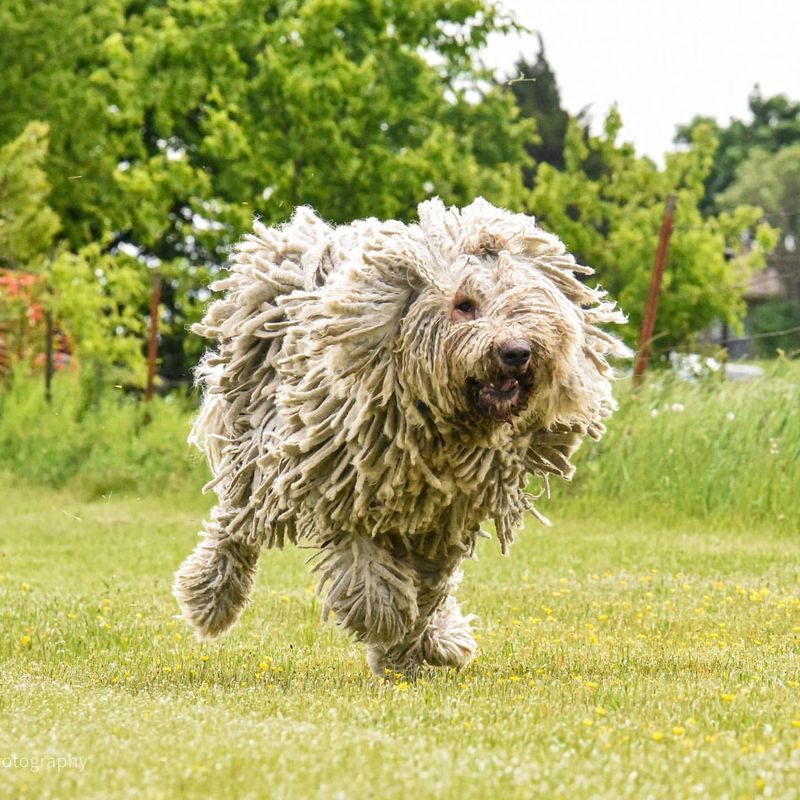
These cute mops can be easily recognizable by its distinctive corded coat, is a breed with a rich history of guarding livestock. Originating from Hungary, they have been used for centuries to protect herds from predators.
Their unique appearance not only provides camouflage but also protects them from harsh weather and attacks. Komondors are fiercely loyal and protective of their families, making them excellent watchdogs. Their coat requires special attention and regular grooming to maintain its distinctive cords and prevent matting.
They need regular exercise to remain healthy and happy, though they are generally calm indoors. When it comes to their health, Komondors are prone to hip dysplasia and other joint issues, as well. Sigh!
12. Dogue De Bordeaux
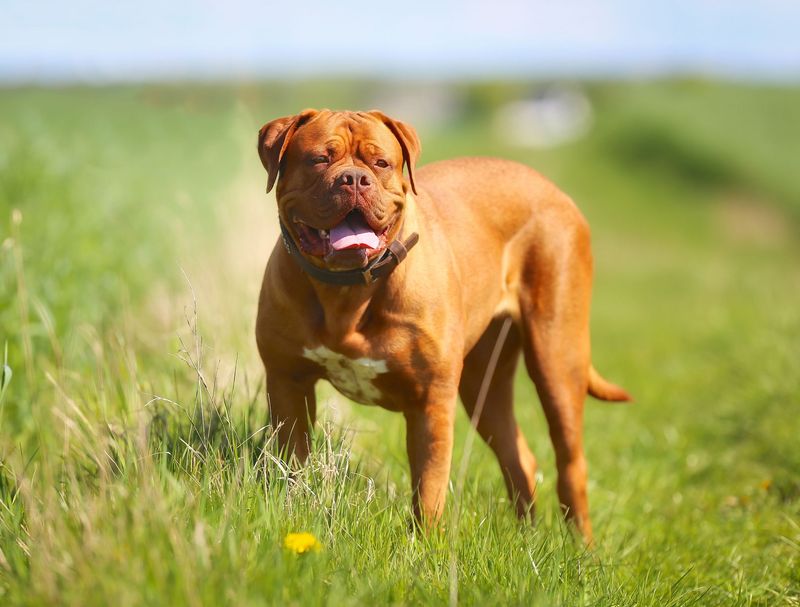
Another Mastiff! But this time, the French Mastiff version! This is a breed renowned for its powerful build and gentle temperament. Known for their loyalty and protective instincts, these dogs have been companions and guard dogs throughout history.
Despite their imposing appearance, they are known for their affectionate nature, especially with their families. They are particularly protective of children, making them excellent family pets. Their short coat requires minimal grooming, though regular skin checks are important due to folds.
Regular exercise is essential to prevent obesity, as they are prone to weight gain. So pay attention!

